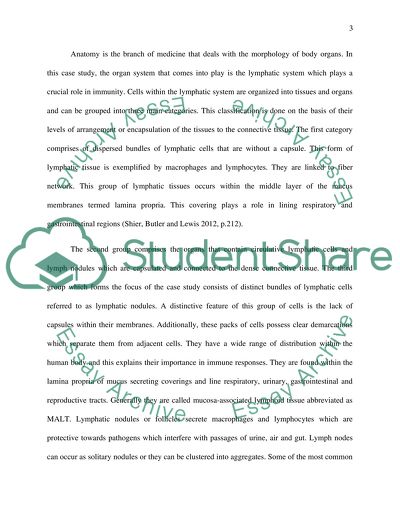Cite this document
(“Applied Anatomy and Physiology (Case Study) Essay”, n.d.)
Retrieved de https://studentshare.org/nursing/1402300-applied-a-and-p
Retrieved de https://studentshare.org/nursing/1402300-applied-a-and-p
(Applied Anatomy and Physiology (Case Study) Essay)
https://studentshare.org/nursing/1402300-applied-a-and-p.
https://studentshare.org/nursing/1402300-applied-a-and-p.
“Applied Anatomy and Physiology (Case Study) Essay”, n.d. https://studentshare.org/nursing/1402300-applied-a-and-p.


